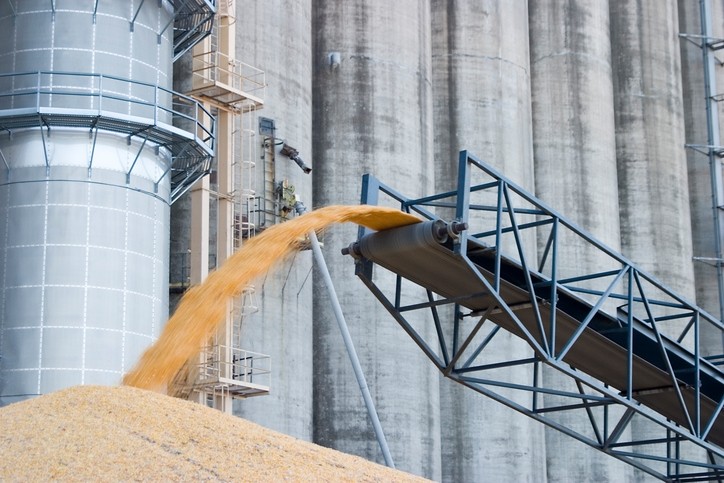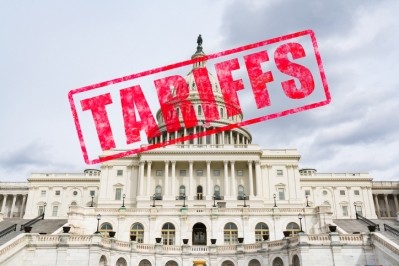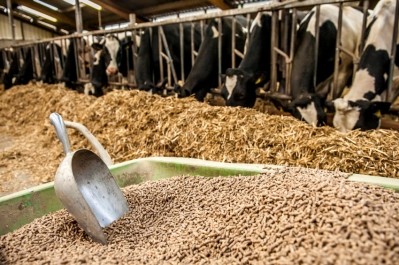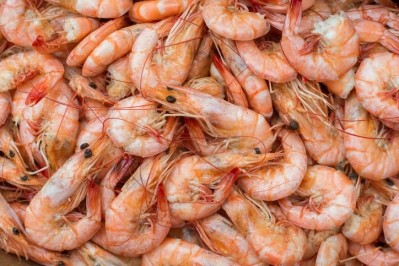DDGS market sees expansion, interest in South Korea

The US Grains Council has been looking to promote growth in the use of dried distillers grains (DDGS) in South Korea, in part, by increasing inclusion rates in feed, said Cary Sifferath, senior director of global programs with the US Grains Council (USGC).
“In South Korea, we’ve been working with some of the major livestock producers,” he said. “If they were looking at a 5% or 8% inclusion rates in poultry or swine diets we educate them on how to go higher to 10-12% inclusion rates.”
The goal for the year would be to see imports hit or exceed the 1m ton mark, he said.
“Korea is a large feed market,” he said. “I’m looking at marketing year 2016/17 and there were 972,000 metric tons shipped to Korea, not quite a million tons, and I think the South Korean feed industry could use 1m or 1.2m without too much difficulty.”
The USGC and other stakeholders have set a goal of 7.5% inclusion rate and about 1.5m metric tons of imported product by 2025, said the US Department of Agriculture (USDA) in a report.
Expanding the South Korean market
In recent years, the imports of DDGS to Korea have increased from the 656,307 metric tons for the 2014/15 marketing year (MY) to 849,401 metric tons – a 29.4% increase, reported the USDA.
“Korea has been a good market for DDGS for years, but especially with the China market going the way it has after the countervailing duty case and the phytosanitary case that closed the US market to Vietnam for several months,” said Sifferath.
China has reduced the amount of DDGS it is importing after tariffs were increased on the grain.
However, the price for the feed ingredient will need to remain competitive, said Sifferath. DDGS prices have strengthened in the recent past as the market in Vietnam reopened and an increase in domestic demand.
“The US is predominantly the main supplier, but it will always be priced against corn and soybeans and mid-level proteins like sunflower meal or rapeseed meal,” he said. “It’s not necessarily competition against other origins, but making its way into diets based on price – but a lot of places they started using it and unless the prices really get outrageous they want to keep using it and having it on hand.”
The feed industry in South Korea is expected to continue to grow slightly for the next 10 years, he said. And, even with avian influenza outbreaks, there has been an expanding demand for the feed ingredient.
Most of the growth in use for the feed ingredient has been in the poultry and swine sectors, Sifferath said. Although there also has been interest from the beef and dairy sectors.
“The poultry industry in Korea, as it recovers from the AI and rebuilds poultry numbers, we’re going to see strong demand as that grows back to its normal level of feed demand,” he said.
Southeast Asia perspective
The USGC also has been working to increase and diversify the market for DDGS, said Sifferath. This has involved the work done in Korea and in several other countries including in parts of the Southeast Asian region.
The region set an import record of 2.3m metric tons of DDGS for the 2016/17 marketing year, reported the USGC. From September through November of the 2017/18 marketing year Vietnam imported more than 213,000 tons of the ingredient.
In Vietnam, the market has reopened after a question on phytosanitary concerns was settled, said Sifferath. The country has almost returned to previous import levels.
“Thailand continues to buy more and more DDGS,” he said. “They imported 791,000 metric tons in marketing year 2016/17 – that’s up 36% and sales to Indonesia are growing as well.”
“Thailand and Indonesia have restrictions on corn imports, especially in Indonesia, so their own domestic corn becomes quite expensive and products like DDGS look to be quite attractive,” he added.
Myanmar and Bangladesh also have started to be more interested in the corn-based feed ingredient, said Sifferath.
The Council had a tour of several big markets in Thailand, Malaysia and other areas to increase awareness, he said. The organization also has conducted some aquaculture feeding trials in Vietnam to demonstrate inclusion rates of 10-15% in diets of several farmed species like tilapia, catfish and shrimp.
“There’s a lot of opportunity on the aquaculture side,” he said. “That’s an area where we’re looking to increase our efforts in 2018 and going forward.”













